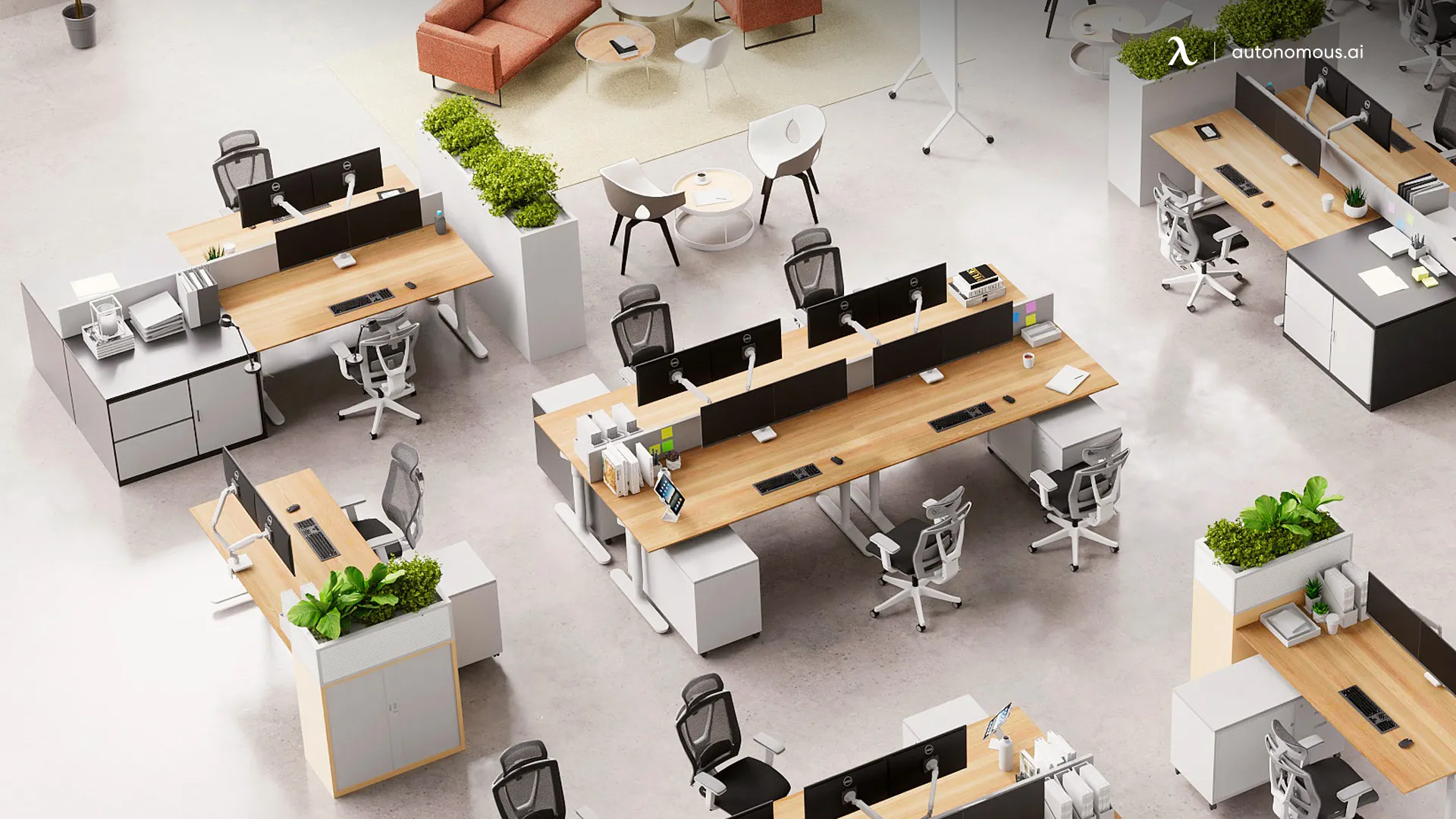
The Evolution of Office Furniture in the Digital Age
As technology continues to transform the workplace, the furniture used in modern offices has evolved to meet the demands of a more connected and flexible working environment. Gone are the days of bulky desks and static office layouts; today’s workplaces prioritise adaptability, comfort, and integration with digital tools. From ergonomic seating to smart desks, technology has influenced every aspect of office furniture, improving productivity, employee well-being, and space efficiency.
Ergonomic Advancements for Employee Comfort
One of the most significant ways technology has impacted office furniture is through ergonomic design. As more employees spend extended hours at their desks, furniture has been developed to provide better support and reduce strain on the body. Ergonomic chairs now come with adjustable lumbar support, armrests, and headrests, ensuring that employees maintain proper posture throughout the workday.
Height-adjustable desks, also known as sit-stand desks, have become increasingly popular, allowing employees to switch between sitting and standing positions to improve circulation and reduce the risks associated with prolonged sitting. Technology has also introduced automated standing desks, which can be programmed to adjust height at specific intervals, promoting healthier work habits.
Smart Desks and Integrated Workstations
Modern office desks have evolved from simple work surfaces to smart, tech-integrated workstations. Many desks now feature built-in wireless charging pads, USB ports, and cable management systems to support the increasing number of digital devices used in the workplace. Some smart desks even come equipped with sensors that remind employees to take breaks or adjust their posture.
Advanced workstations are also being designed to accommodate multiple monitors, docking stations, and touchscreens, making it easier for employees to multitask and collaborate. With hybrid working models becoming the norm, modular workstations allow businesses to create flexible layouts that can be easily reconfigured to suit different team sizes and working styles.
The Role of IoT in Office Furniture
The Internet of Things (IoT) has brought a new level of functionality to office furniture. Smart chairs with built-in sensors can monitor posture and provide real-time feedback to encourage better sitting habits. Some high-end office furniture solutions even integrate with workplace wellness apps, tracking employee movement and suggesting personalised ergonomic adjustments.
IoT-enabled meeting rooms now feature smart conference tables with integrated touchscreens, video conferencing capabilities, and voice-activated controls. These innovations make remote collaboration more seamless and efficient, catering to businesses that rely on global teams and virtual meetings.
Sustainable and Eco-Friendly Office Furniture
As technology has advanced, so has the ability to produce sustainable office furniture. Many modern office furniture manufacturers now incorporate recycled materials, energy-efficient production methods, and biodegradable components into their designs.
The rise of 3D printing has also impacted office furniture production, allowing businesses to create custom pieces with minimal waste. Smart lighting integrated into desks and workstations further enhances sustainability by using motion sensors to adjust brightness based on occupancy, reducing energy consumption.
Flexible and Collaborative Workspaces
Technology has influenced the shift from traditional cubicles to open-plan, collaborative workspaces. Mobile furniture, such as rolling desks, modular seating, and reconfigurable tables, allows businesses to adapt their office layouts as needed. This flexibility supports a more dynamic and interactive work environment, where teams can easily collaborate on projects and adjust their space to suit different tasks.
Privacy pods and acoustic booths have also become a common feature in modern offices, providing employees with quiet spaces for focused work or virtual meetings. These soundproof units integrate noise-cancelling technology, ensuring minimal distractions in open office settings.
The Future of Office Furniture and Workplace Technology
The integration of technology into office furniture will continue to evolve, shaping the future of workplace design. Innovations such as AI-powered workstations, gesture-controlled desks, and VR-enabled meeting rooms are already being explored. As businesses adapt to new working trends, including remote and hybrid models, office furniture will become even more responsive, intuitive, and adaptable to the needs of modern employees.
By embracing technology-driven furniture solutions, businesses can create smarter, healthier, and more efficient workspaces that enhance productivity and employee satisfaction. The office of the future is not just about aesthetics but about integrating functionality, flexibility, and well-being into every piece of furniture used.
